 Every Nurse I know who works in a hospital, says they are amazed how much walking they do in their 12-hour shift. If you wear a Fitbit or another step tracking device, you know you walk miles during your shift. Here’s a story about a hospital that did a study to see where they could eliminate some steps for Nurses in the design of their new building.
Every Nurse I know who works in a hospital, says they are amazed how much walking they do in their 12-hour shift. If you wear a Fitbit or another step tracking device, you know you walk miles during your shift. Here’s a story about a hospital that did a study to see where they could eliminate some steps for Nurses in the design of their new building.You don't know what you don't know until you know it.
That's the lesson leaders at ProMedica Toledo Hospital in Ohio learned during the design of its 615,000 square-foot patient tower set to 2019.
As part of the design process, the organization took part in research to identify and refine ways to improve nursing care and efficiencies, including distance traveled during a shift.
Architects from HKS, Inc., the firm designing the building, approached Alison Avendt, OT, MBA, vice president of operations, at ProMedica Toledo Hospital about doing the research.
"We have a building that we opened in 2008, so they wanted to look at how we were using the spaces [there], and get feedback from nursing on how it was working," Avendt says.
"That was really attractive to me because I heard we had issues with the building that we were in and there were many things that we wish we could have done better. I thought if we could do a good design diagnostic and learn something from that, it would really help guide our design work."
An Applesauce Moment
During two days of onsite observation, researchers shadowed ICU nurses and intermediate-level medical-surgical nurses. The researchers assessed the existing floor plan, used a parametric modeling tool, and created heat maps to provide a graphic representation of what a nurse's 12-hour shift looked like in terms of workflow and walking distances.
"One of the big [revelations] was around our whole process of medication passing," says Deana Sievert, RN, MSN, metro regional chief nursing officer and vice president for patient care services at ProMedica.
Observation revealed that a nurse reviewed the patient's medication administration record in the patient's room, walked to the supply room to get the medication from the Pyxis machine, and then often had to stop by the patient refrigerator to get something—like applesauce—to aid in the medication pass before walking back to the patient's room to administer the medication.
"It was something that was just so ingrained in our staff nurses' normal daily activities," Sievert says. "When they did the heat mapping it was like…'Wow. [There's a] big pinch point that we as staff nurses didn't really even realize was there.' "
Avendt says the researcher called this realization "the applesauce moment."
"Nurses are masterful at just making things work. There are a lot of things that the nurses knew were not value-added or were problematic, but they would just make it work," she says.
"It was really good to flesh out what those things were by observing because if you just ask[ed] them, the nurse would often not be able to verbalize what the problem was. But by seeing it, it came to light."
The architects used this information to design a unit that would cut down on walking time. Instead of a long corridor with a common area at one end, the unit was broken up into pods and supplies were located in multiple areas so nurses could get them from the location to which they were closest.
"We were able to take them from a three-mile journey on their shift to 1.5 miles. We cut in half the steps that they were taking," Avendt says.
After the tower opens, more research will be done to see how the design is affecting workflow.
"We've since learned that [field research] is not common for people to do. We paid a little bit of money to do that, but in the scheme of things it was well worth the investment," Avendt says.
"Everybody wants to give the nurse as much time as possible to be with the patient [and] try to take away the things that are not value-added in the nurse's day."



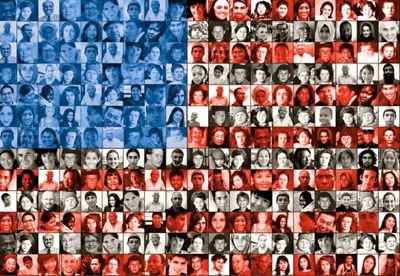 How can you properly care for a patient if you don’t understand their personal needs? Communication is key. Making a patient comfortable goes far beyond providing warm blankets. It is about the patient trusting you and knowing you have things in common that show them you understand how they feel and what they need.
How can you properly care for a patient if you don’t understand their personal needs? Communication is key. Making a patient comfortable goes far beyond providing warm blankets. It is about the patient trusting you and knowing you have things in common that show them you understand how they feel and what they need. 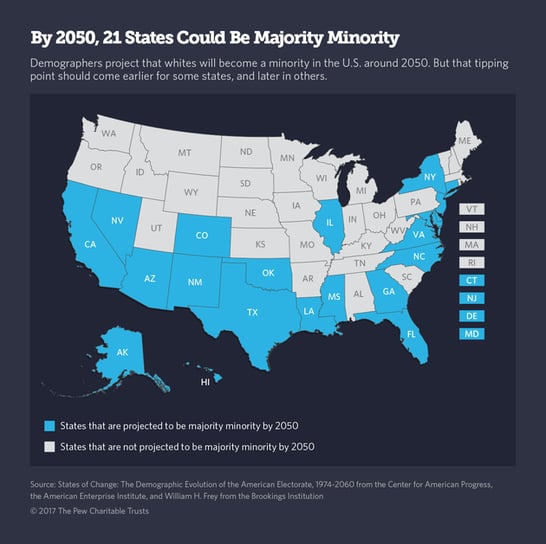
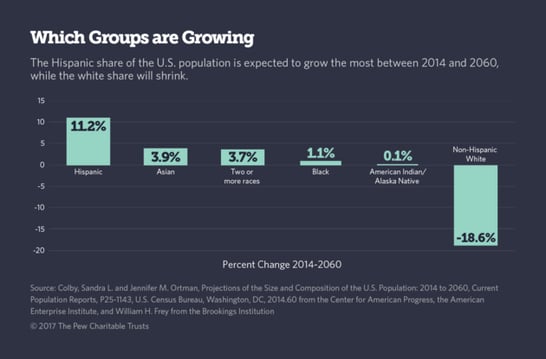

 RALEIGH – Lawmakers at the North Carolina General Assembly have introduced the Modernize Nursing Practice Act, a bill designed to reduce burdensome regulations and allow Full Practice Authority for Advanced Practice Registered Nurses (APRNs). Primary sponsors of
RALEIGH – Lawmakers at the North Carolina General Assembly have introduced the Modernize Nursing Practice Act, a bill designed to reduce burdensome regulations and allow Full Practice Authority for Advanced Practice Registered Nurses (APRNs). Primary sponsors of 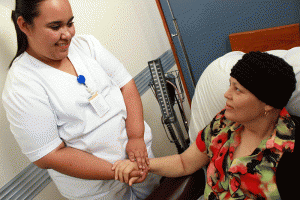 I bet there is a lot you can add to the comments from Oncology Nurses in this article. Perhaps you’re an Oncology Nurse or someone close to you is doing this job. This article will give you a glimpse of the day-today responsibilities, concerns, technological issues, and a perspective on how to answer a patient’s very difficult questions.
I bet there is a lot you can add to the comments from Oncology Nurses in this article. Perhaps you’re an Oncology Nurse or someone close to you is doing this job. This article will give you a glimpse of the day-today responsibilities, concerns, technological issues, and a perspective on how to answer a patient’s very difficult questions.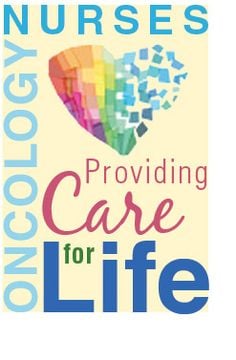
 Recruiting these days is getting more and more difficult, particularly when hiring Nurses. We’re featuring this article because of its creative approach to thinking outside the box. Perhaps it’s time to change your message, how and where you target that message, and maybe even the position requirements.
Recruiting these days is getting more and more difficult, particularly when hiring Nurses. We’re featuring this article because of its creative approach to thinking outside the box. Perhaps it’s time to change your message, how and where you target that message, and maybe even the position requirements.
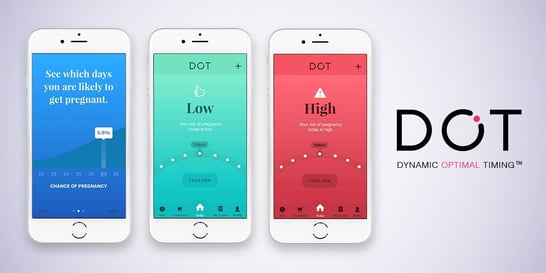 Do you worry about family planning with some of your patients? If so, this article about an “app” that helps to avoid unwanted pregnancies may be helpful. “Dot” is the only family planning app that relies solely on period start dates. Health experts believe an estimated 225 million women worldwide are not using effective family planning methods, but want to avoid pregnancy.
Do you worry about family planning with some of your patients? If so, this article about an “app” that helps to avoid unwanted pregnancies may be helpful. “Dot” is the only family planning app that relies solely on period start dates. Health experts believe an estimated 225 million women worldwide are not using effective family planning methods, but want to avoid pregnancy.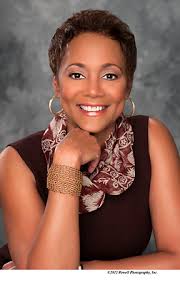 DiversityNursing.com would like to share this article with you. It features an interview with
DiversityNursing.com would like to share this article with you. It features an interview with 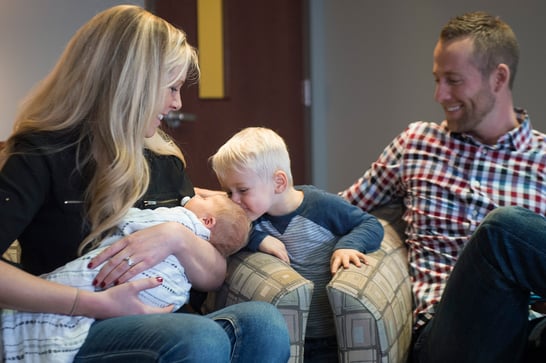 We need a Wednesday feel good story and this is a terrific one!
We need a Wednesday feel good story and this is a terrific one! 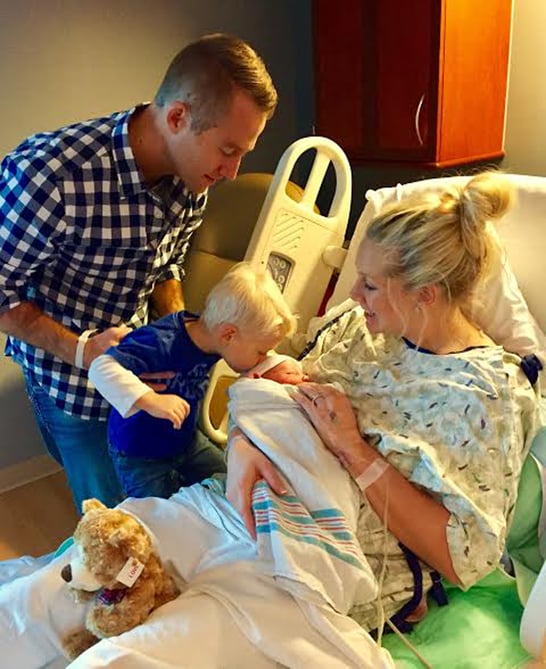 “We were just praying that Hudson wouldn’t suffer any effects from the surgery and as far as we can tell he is one perfectly health little boy,” she says.
“We were just praying that Hudson wouldn’t suffer any effects from the surgery and as far as we can tell he is one perfectly health little boy,” she says.
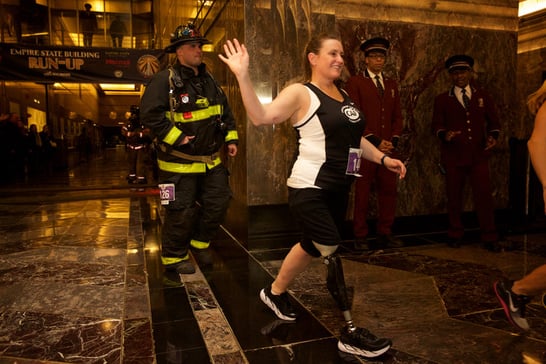 It’s Friday and we thought a feel good story was a good idea. We’d like to share the happy news that a Boston marathon bombing survivor is going to marry the firefighter who took care of her that life-changing and devastating day. He kept coming back to visit her in the hospital. Their friendship and love grew as they got to know each other.
It’s Friday and we thought a feel good story was a good idea. We’d like to share the happy news that a Boston marathon bombing survivor is going to marry the firefighter who took care of her that life-changing and devastating day. He kept coming back to visit her in the hospital. Their friendship and love grew as they got to know each other.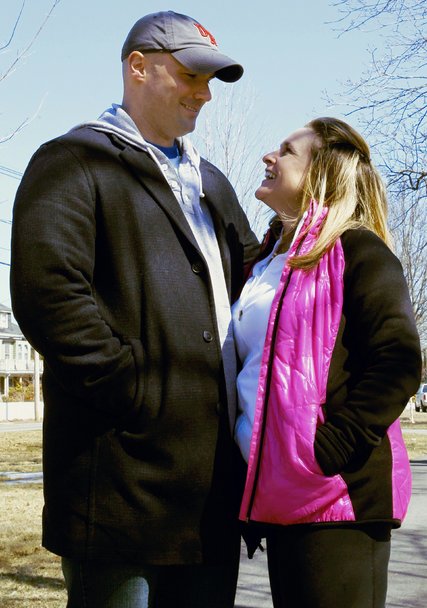
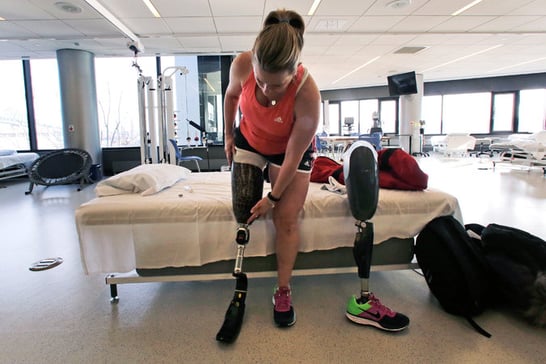
 Are you considering furthering your education? Is a PhD a goal of yours? This article will give you good information and some terrific role models. It also encourages you to go for your PhD sooner, rather than later.
Are you considering furthering your education? Is a PhD a goal of yours? This article will give you good information and some terrific role models. It also encourages you to go for your PhD sooner, rather than later.